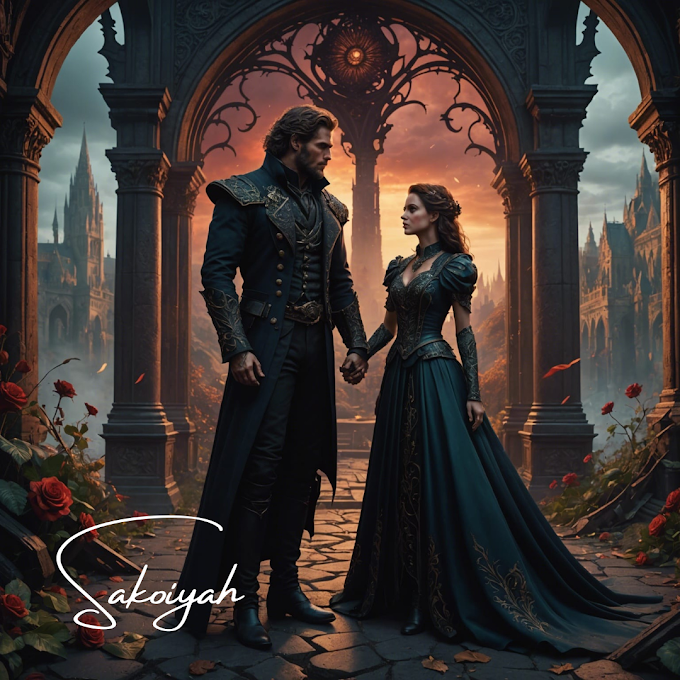The classic story structure typically involves three acts:
the Setup, the Confrontation, and the Resolution. You can incorporate key
narrative elements within these acts to create a compelling story. Here's a
guide with questions to help you plan each part of your narrative.
Act 1: The Setup
- Introduction to the Main Character
- Who
is your main character?
- What
is their background, personality, and current situation?
- What
are their goals, dreams, or desires?
- Introduction to the Setting
- Where
and when does the story take place?
- How
does the setting influence the characters and events?
- Establishing the Normal Routine
- What
does your main character's everyday life look like?
- What
challenges, conflicts, or dissatisfaction do they face in their routine?
- Inciting Incident
- What
event or circumstance disrupts your main character's normal routine?
- How
does this incident compel them to take action or make a change?
- Main Character's Reaction
- How
does your main character initially respond to the inciting incident?
- What
emotions, doubts, or fears arise?
Act 2: The Confrontation
- Main Goal and Motivation
- What
is your main character's specific goal or objective now?
- Why
is achieving this goal important to them?
- Rising Tension and Obstacles
- What
challenges, conflicts, or obstacles does your main character encounter on
their journey?
- How
do these obstacles escalate and build tension?
- Plot Development and Complications
- How
does your main character's understanding of the situation deepen?
- Are
there any unexpected twists or revelations that complicate their path?
- Character Growth and Relationships
- How
does your main character evolve throughout the story?
- How
do their relationships with other characters evolve?
- Midpoint and Climax Preparation
- What
is the midpoint of your story where a significant shift occurs?
- How
are the stakes raised, pushing the story towards the climax?
Act 3: The Resolution
- Climax
- What
is the highest point of tension or conflict in the story?
- How
does your main character confront the central problem or antagonist?
- Character Transformation
- How
does your main character's growth culminate in this final showdown?
- What
lessons have they learned or insights gained?
- Falling Action
- How
do events begin to wind down after the climax?
- Are
there any loose ends to tie up or lingering conflicts to address?
- Resolution and New Normal
- How
does your main character's life change due to the events?
- What
does their new normal look like?
- Final Thoughts or Reflections
- Is
there a message, theme, or takeaway you want to convey?
- How
can you leave the reader with a sense of closure or contemplation?
By answering these questions and incorporating the resulting
elements into your narrative, you can create a well-structured and engaging
story that follows the classic story arc. Remember that while this structure
provides a solid foundation, there's room for creativity and variation to make
your story uniquely yours.

.png)


.png)

.png)




0 Comments